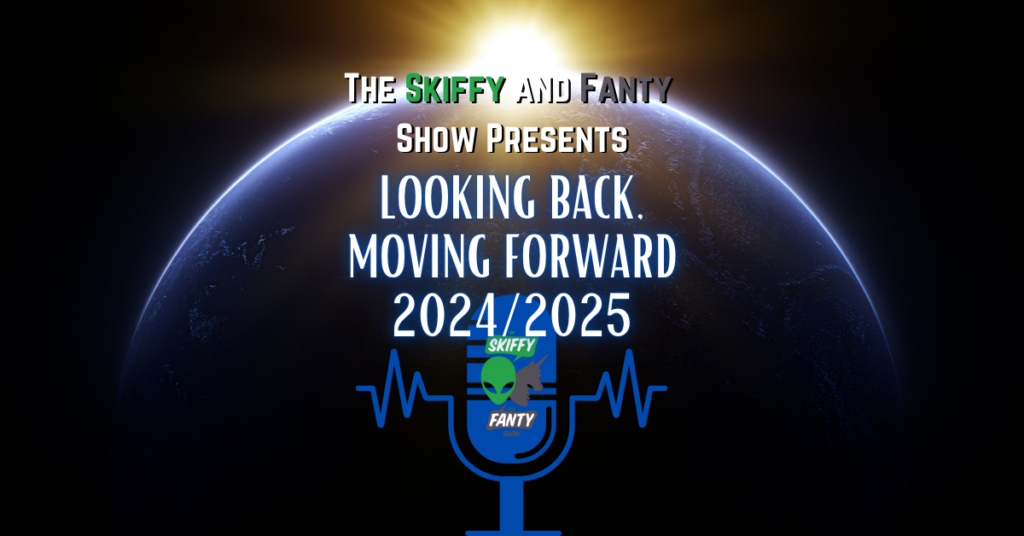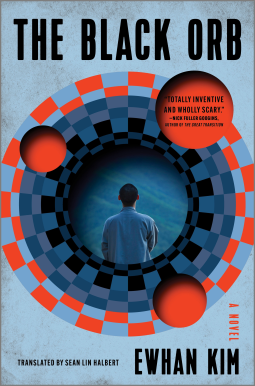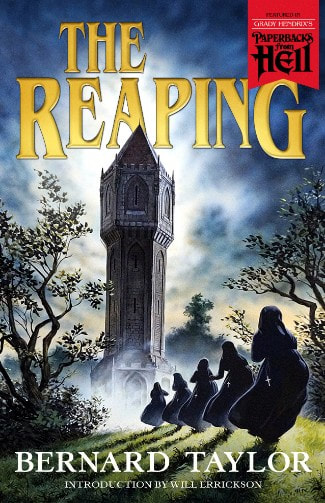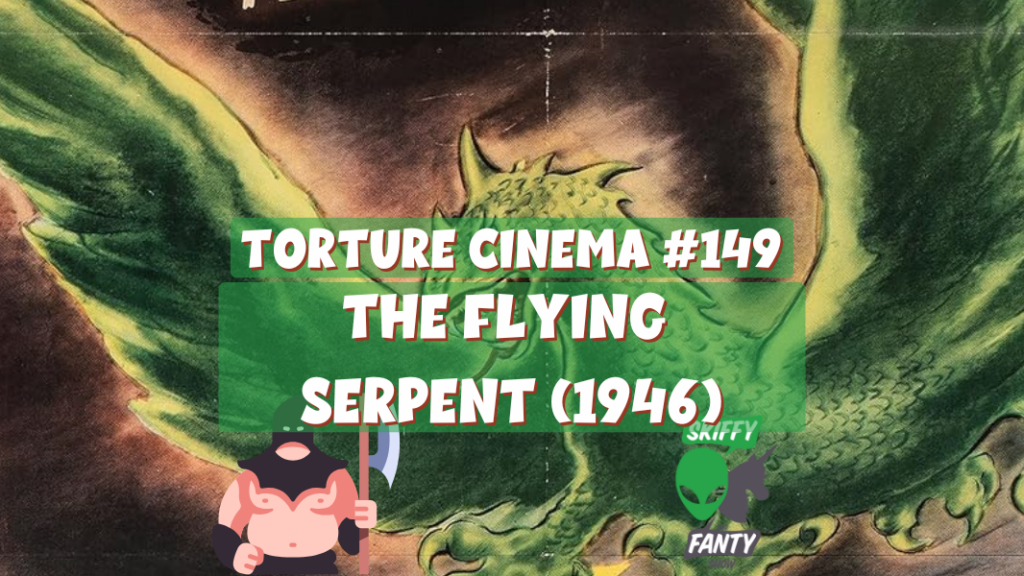Movie Review: STREET TRASH (2024) Directed by Ryan Kruger

“In terms of cheesy entertainment, I probably prefer the original. But I also enjoyed this new version for what it is, and for much of what it adds to balance things a bit more.”
804. Looking Back, Moving Forward (2024; 2025)

https://media.blubrry.com/skiffyandfanty/dts.podtrac.com/redirect.mp3/archive.org/download/sand-f-804-looking-back-moving-forward/SandF_804_LookingBackMovingForward.mp3Podcast: Play in new window | DownloadSubscribe: Apple Podcasts | Spotify | Android | Email | TuneIn | Deezer | RSSJoyful pasts, hopeful futures, and Dr. Doom, oh my! Shaun Duke, Trish Matson, Paul Weimer, and David Annandale join forces to share the things they loved in 2024 and the things they’re looking forward to in 2025! We discuss books, movies, geeky things, experiences, and much more! Plus, we share some announcements about the show! Thanks for listening. We hope you enjoy the episode!
Book review: The Black Orb, by Ewhan Kim

This book isn’t for everyone, with its weird horror, violence of various kinds, a problematic main character, and mysteries that never really get resolved; however, it absolutely kept me interested and engaged, and presented a lot of ideas to consider.
Paperbacks from Hell #3: THE REAPING by Bernard Taylor

The story just exudes a gothic atmosphere that gets increasingly bizarre in ways that simultaneously attract and repel Rigby and the reader. There’s a slow build of discomfort and the sense that something is just a bit off, slowly increasing in creepiness as Rigby’s curiosity and failings further entrap him in the situation.
803. The Flying Serpent (1946) — Torture Cinema #149

https://media.blubrry.com/skiffyandfanty/dts.podtrac.com/redirect.mp3/archive.org/download/sand-f-803-flying-serpent_202501/SandF_803_FlyingSerpent.mp3Podcast: Play in new window | DownloadSubscribe: Apple Podcasts | Spotify | Android | Email | TuneIn | Deezer | RSSFlappy props, vampiric birds, and radio heads, oh my! Shaun Duke, Paul Weimer, and David Annandale join forces to discuss 1946’s The Flying Serpent. Together, they talk about the history of the film’s studio, try to make sense of TFS’s plot and character choices, talk vampire bird logic, and much more! Thanks for listening. We hope you enjoy the episode!
801. Mortuary Science w/ Amanda Downum — SF at School

https://media.blubrry.com/skiffyandfanty/dts.podtrac.com/redirect.mp3/archive.org/download/sand-f-801-mortuary-science/SandF_801_MortuaryScience.mp3Podcast: Play in new window | DownloadSubscribe: Apple Podcasts | Spotify | Android | Email | TuneIn | Deezer | RSSBear attacks, tough conversations, and skeletons, oh my! Shaun Duke and Daniel Haeusser are joined by Amanda Downum for a riveting and educational conversation about mortuary science! Together, they explore what morticians do and the complex skills they need, the social dimensions of death, necromancy, and much more! Thanks for listening. We hope you enjoy the episode!

